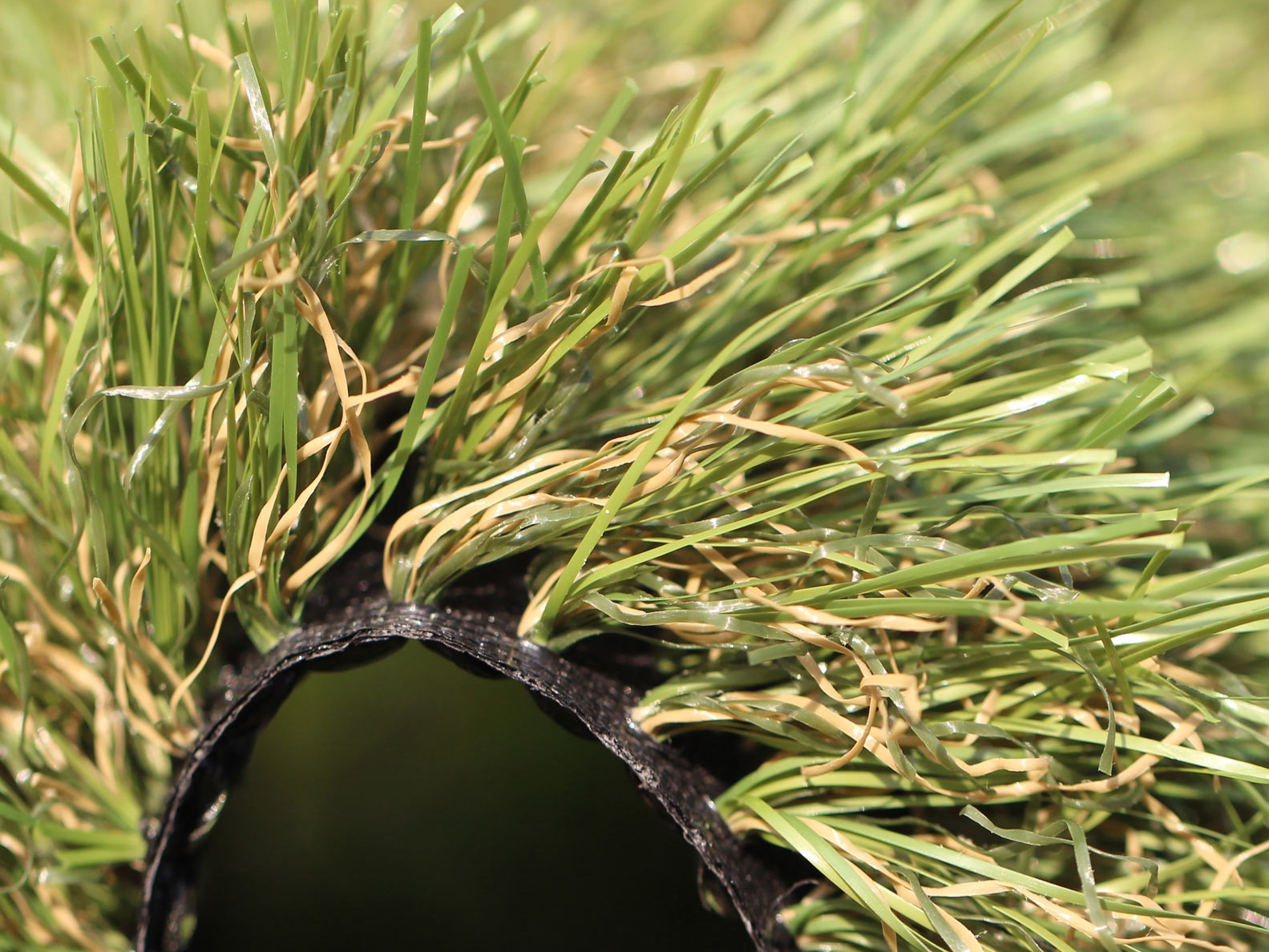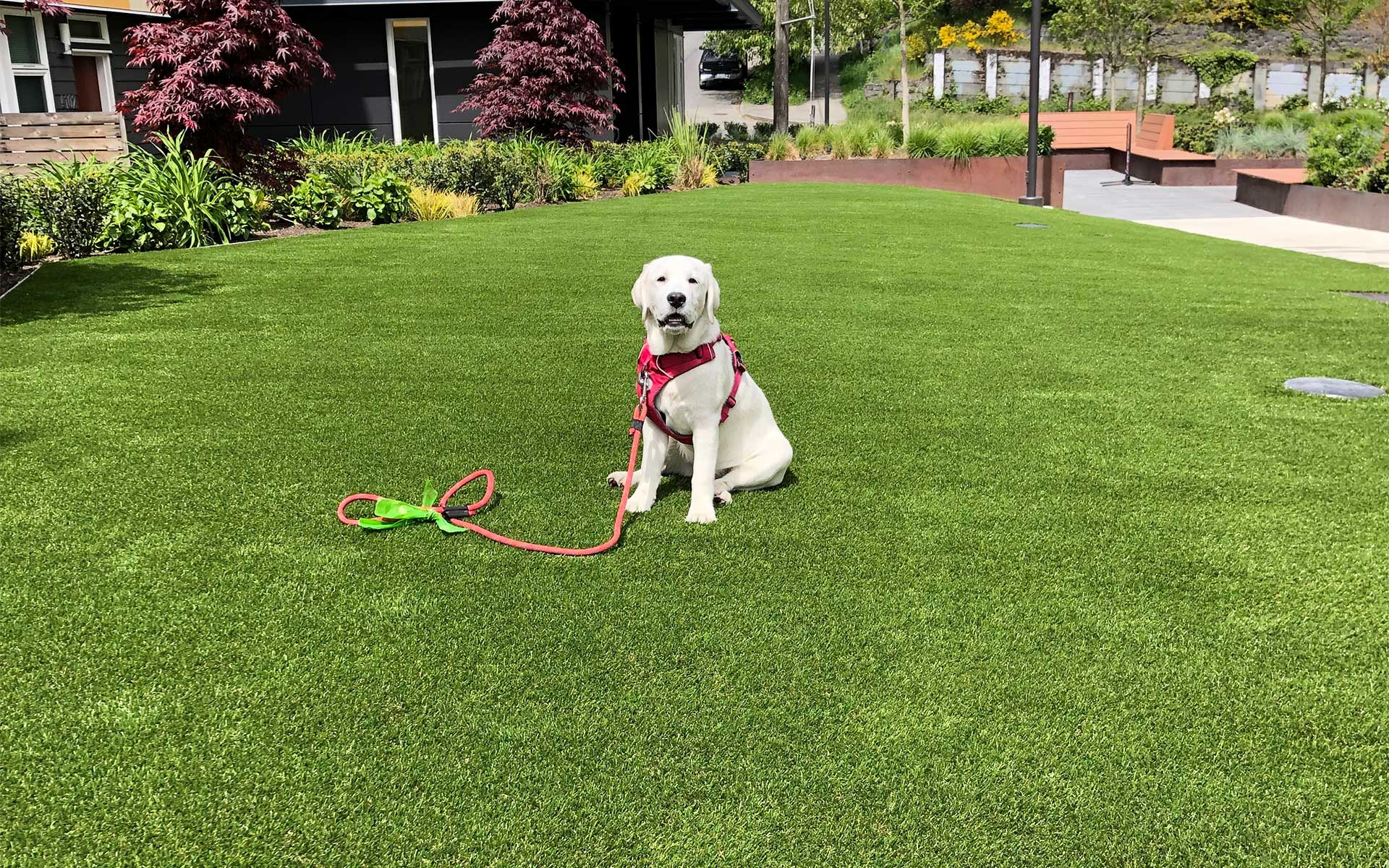Expert Arizona Turf Suppliers Ensuring a Lifelike Lawn Alternative
Expert Arizona Turf Suppliers Ensuring a Lifelike Lawn Alternative
Blog Article
Look Into the Environmental Conveniences of Opting for Artificial Lawn Solutions
The fostering of synthetic lawn options provides a compelling chance to resolve pushing environmental challenges. By dramatically minimizing water usage and reducing the application of damaging chemicals, these alternatives not only promote lasting landscaping however additionally shield local environments. Furthermore, the lower carbon impact related to reduced upkeep activities adds to a much more sustainable method to land management. The ramifications of these benefits prolong beyond mere preservation efforts, elevating inquiries about their lasting impact on habitat conservation and general ecological equilibrium. Discovering these dimensions exposes an intricate interaction worth taking into consideration.
Water Preservation Conveniences
Among the most substantial benefits of synthetic grass is its ability to conserve water. Conventional lawn lawns need considerable irrigation, particularly in areas vulnerable to dry spell or water constraints. In contrast, artificial turf does not require watering, substantially decreasing the general need for water sources. This attribute is especially beneficial in dry areas where water scarcity is a pressing issue.
By getting rid of the need for normal watering, fabricated grass adds to lasting landscape techniques and assists alleviate the ecological impact of excessive water usage. The preservation of water extends to the decrease of drainage, which can lead to dirt erosion and river air pollution.
Additionally, the installment of artificial grass permits property owners and districts to allot water resources more effectively, concentrating on crucial usages such as drinking water and agriculture. The shift in the direction of synthetic grass not only promotes liable water usage however additionally aligns with more comprehensive ecological objectives targeted at protecting natural resources.
As communities progressively focus on sustainability, the water preservation advantages of fabricated lawn present an engaging instance for its fostering in property and commercial landscape design tasks.
Reduced Chemical Usage
The change to artificial turf substantially decreases the reliance on chemical treatments generally made use of in natural grass maintenance. Typical grass management commonly entails the application of chemicals, herbicides, and plant foods to advertise growth and control parasites. These chemicals can posture risks to human health and wellness, local wild animals, and the atmosphere, adding to dirt and water contamination.
In comparison, synthetic grass eliminates the demand for these harmful compounds. By decreasing the release of synthetic compounds right into the ecological community, synthetic turf promotes much healthier dirt and water systems.
Moreover, the lack of chemical runoff associated with man-made grass setups aids protect regional waterways from air pollution, supporting aquatic life and maintaining biodiversity. Turf installation phoenix az. As areas increasingly prioritize sustainable practices, going with synthetic grass offers a sensible service that aligns with ecological preservation objectives. Via this change, homeowner can take pleasure in lavish eco-friendly areas without compromising environmental health and wellness, leading the way for a more lasting future
Lower Carbon Impact

In addition, the setup of synthetic grass can result in significant water preservation. All-natural lawns need considerable amounts of water for watering, which not just includes in the carbon impact related to water extraction and treatment yet also strains neighborhood water sources. In contrast, synthetic grass needs minimal maintenance, needing no watering, thus dramatically decreasing water use and its linked power look at here now costs.
Furthermore, the long life of synthetic grass adds to its reduced carbon impact. With a life expectancy of approximately 15 years or even more, the requirement for constant substitutes is diminished, causing much less waste and lower energy consumption in manufacturing and dealing with standard yard options. Generally, fabricated lawn offers a lasting option for environmentally conscious landscape design.
Environment Preservation
Habitat preservation is a vital consideration in the debate over landscaping selections, specifically when contrasting artificial turf to all-natural lawn. Natural lawn yards usually need substantial upkeep, including using herbicides, plant foods, and pesticides, which can negatively impact regional environments. These chemicals can leach right into the soil and waterways, hurting native vegetation and animals and disrupting neighborhood habitats.
On the other hand, synthetic grass provides an opportunity to lower the environmental footprint of landscaping. By choosing synthetic lawn, homeowners can minimize the interruption of all-natural habitats connected with traditional grass care methods. Artificial turf eliminates the requirement for hazardous chemicals, thereby securing nearby wildlife and maintaining the stability of bordering environments. The installation of man-made lawn can lead to the conversion of previous turf locations right into more biodiverse landscapes, such as pollinator gardens or indigenous plant areas, which can support regional wild animals.
Inevitably, the shift to synthetic grass not only conserves water and reduces maintenance initiatives yet additionally promotes a much more harmonious relationship between human tasks and the all-natural atmosphere, promoting habitat preservation at the same time.
Long-Term Sustainability
Long-lasting sustainability is an essential element in reviewing the benefits of synthetic grass over typical yard yards. Among one of the most substantial benefits of synthetic grass is its sturdiness; it can last approximately 15-20 years with very little maintenance, whereas all-natural turf requires regular reseeding and substitute. This longevity lowers the demand for constant resources, such from this source as water, fertilizers, and pesticides, which are vital for keeping a healthy grass yard.
In addition, synthetic grass contributes to a reduction in carbon emissions connected with lawn care tools. Standard yards typically need gas-powered mowers, leaners, and blowers, all of which contribute to air pollution. Artificial turf companies phoenix. In comparison, synthetic grass removes the need for such tools, advertising a cleaner environment
In addition, the production of synthetic grass progressively utilizes recycled products, boosting its sustainability profile. As manufacturers embrace eco-friendly techniques, the ecological impact of synthetic grass proceeds to lessen.

Verdict
The adoption of synthetic grass services presents considerable environmental advantages, consisting of considerable water conservation, lowered dependence on dangerous chemicals, and a reduced carbon impact. Artificial lawn aids in protecting natural habitats by minimizing land disruption and promoting lasting sustainability with the use find more info of resilient materials. Jointly, these variables highlight the potential of synthetic lawn to contribute favorably to ecological health and wellness and offer a practical option to conventional landscape design methods in a significantly resource-conscious world.
In comparison, fabricated grass does not require watering, dramatically decreasing the overall need for water sources. By reducing the release of synthetic substances into the ecological community, man-made grass promotes much healthier soil and water systems.
Furthermore, the installment of fabricated grass can result in considerable water conservation. In comparison, artificial turf requires very little maintenance, requiring no watering, therefore substantially minimizing water use and its connected power expenses.

Report this page